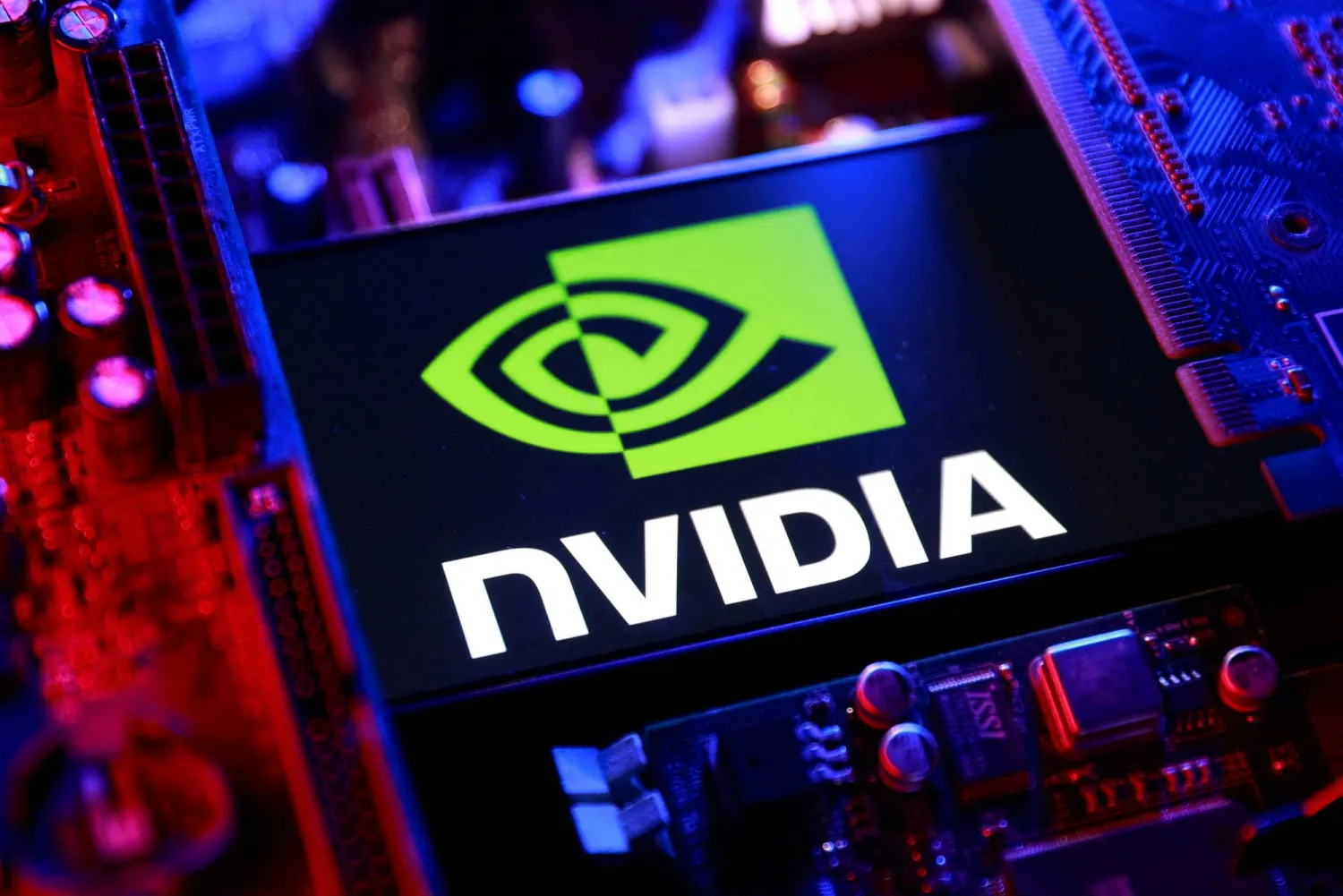BMW Group and Tata Technologies will form a joint venture to develop automotive software for the German luxury carmaker, the Indian engineering services company said on Tuesday.
India is a software development hub for global automakers and auto parts makers including Volvo and Magna International, while also witnessing rising investments from companies including Toyota Motor and Mercedes Benz to boost production, Reuters reported.
The BMW-Tata Technologies venture, the first partnership between the two, will develop automotive software for automated driving and the dashboard system among other features, the Tata company said but didn't disclose any financial details of the agreement.
The BMW Group and Tata Technologies will each hold a 50% stake in the newly-formed company, it added.
BMW has a manufacturing plant in the southern Indian city Chennai, and gets its engines in the country from Force Motors , while TVS Motor helps make the German company's motorcycles.
The joint venture will operate in Chennai, Bengaluru, and Pune and will commence operations with 100 employees, Tata Technologies said.
Tata Technologies, a unit of India's top carmaker by revenue Tata Motors, provides engineering and technology services to auto, aero and heavy machinery firms including Honda , Ford and Airbus.
Its shares were up more than 7% after the announcement, before trimming some gains.
The company went public in November last year to become the first Tata Group company to launch an initial public offering in nearly two decades. Its shares have more-than-doubled from its listing price.
Germany's BMW, India's Tata Tech to Jointly Develop Auto Software

A BMW iX xDrive40 is on display during the Munich Auto Show, IAA Mobility 2021, in Munich, Germany, September 7, 2021. REUTERS/Michaela Rehl

Germany's BMW, India's Tata Tech to Jointly Develop Auto Software

A BMW iX xDrive40 is on display during the Munich Auto Show, IAA Mobility 2021, in Munich, Germany, September 7, 2021. REUTERS/Michaela Rehl
لم تشترك بعد
انشئ حساباً خاصاً بك لتحصل على أخبار مخصصة لك ولتتمتع بخاصية حفظ المقالات وتتلقى نشراتنا البريدية المتنوعة







